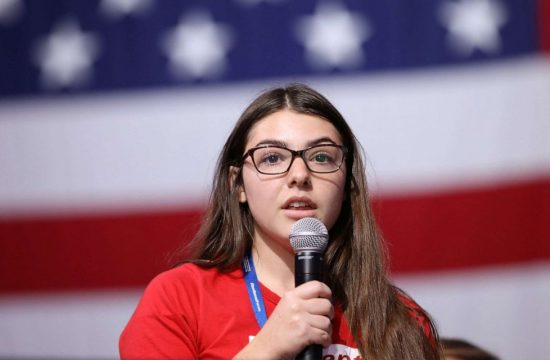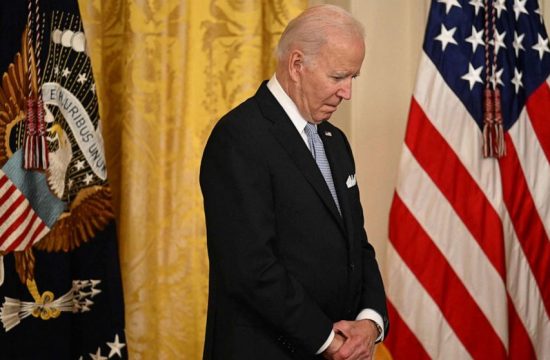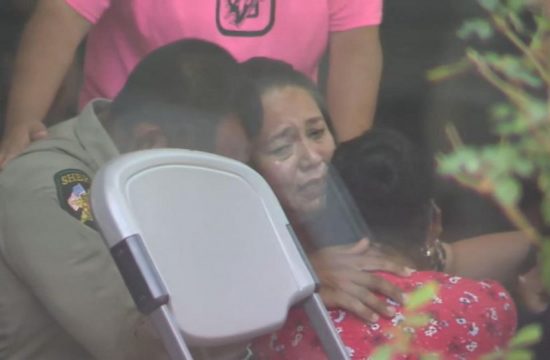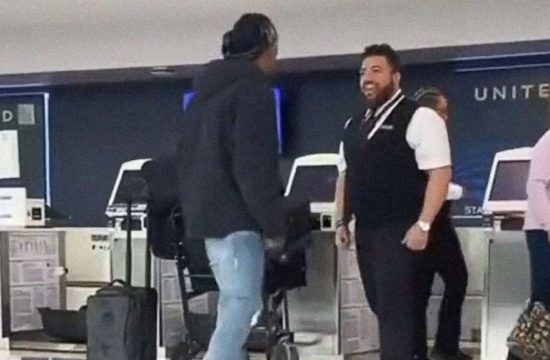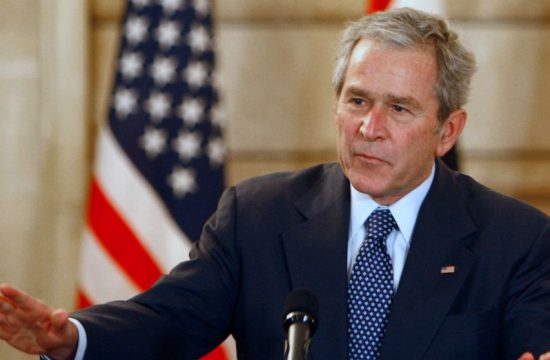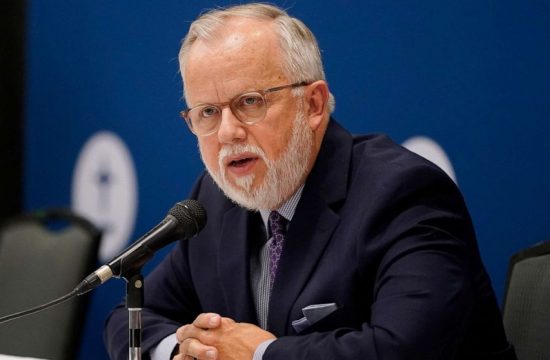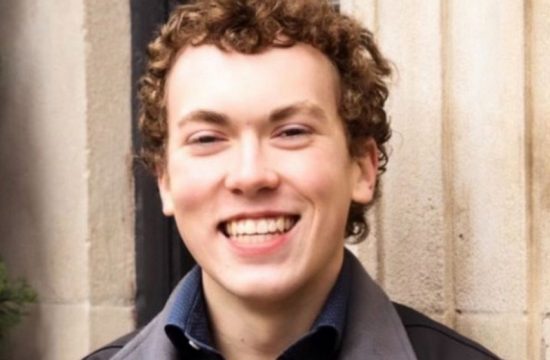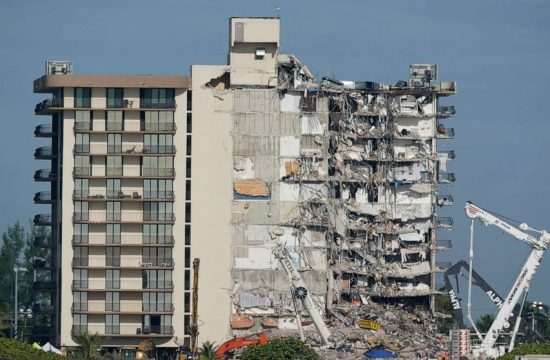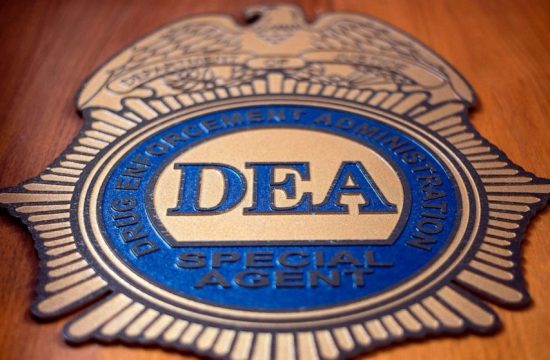The federal government has been rolling out its response to the coronavirus crisis, trying to slow the spread and prop up the economy, which has taken a severe hit.
House lawmakers scrambled back to Washington Friday morning amid fears one GOP member of Congress would force a delay in the vote on the $2 trillion coronavirus relief bill passed unanimously by the Senate.
Speaker Nancy Pelosi had expressed hope the measure would pass the House by unanimous consent via a voice vote, but Rep. Thomas Massie, R-Ky., may derail those plans — by objecting on the grounds that there isn’t a quorum of 216 — or one-fifth of the current 430 members — needed to conduct business.
Tune into ABC at 1 p.m. ET and ABC News Live at 4 p.m. ET every weekday for special coverage of the novel coronavirus with the full ABC News team, including the latest news, context and analysis.
Here are Friday’s most significant developments in Washington:
Here are the latest developments in the government response:
House Democrats fear lone GOP member may object to quick voice vote
The possibility of the House passing the Senate-passed coronavirus relief bill in the fastest available way — by unanimous consent or a simple voice vote — is slipping away from Democrats as expectations grow that Rep. Tim Massie, R-Ky., will force delay the vote.
Late Thursday, House Majority Leader Steny Hoyer’s office urged members to return to Washington by 10 a.m. Friday to make a quorum, amid growing concern of COVID-19 spreading across the Capitol and country.
For today, a quorum constitutes 216 members, and if Massie notes the absence of a quorum, he could stop the proceedings until quorum is reached.
Once at least 216 members are present, the House could have a recorded roll call vote if one-fifth of the body — or 44 members — support it. If not, they could try to hold a voice vote again, and Massie’s objection of the absence of a quorum wouldn’t prevail.
Three hours of debate on the bill are expected in the morning before an effort to pass it by voice vote.
The eleventh hour concern over Massie prompted several House members to board near-empty planes headed to the nation’s capital Friday morning.
Rep. Dusty Johnson of South Dakota shared a photo of himself with three Minnesota lawmakers appearing to be the only passengers on a flight to Washington.
Just after midnight, Rep. Jimmy Gomez, D-Calif., posted a photo of a deserted LAX, noting he was traveling back to the chamber since other members can’t for health reasons.
After calling Massie a “grandstander” at Thursday’s task force briefing, President Trump doubled down on his disapproval of the Kentucky congressman on Twitter Friday morning, even calling for Massie to be thrown out of the Republican party.
Trump: “A lot of equipment is being asked for that I don’t think they’ll need”
President Trump, in a 40-minute phone interview tonight with Fox News’ Sean Hannity Thursday night, seemed to indicate that he doesn’t think all the medical equipment being requested by governors to combat COVID-19 is necessary.
“I have a feeling that a lot of the numbers that are being said in some areas are just bigger than they’re going to be,” he said. “I don’t believe you need 40,000 or 30,000 ventilators. You go into major hospitals sometimes, and they’ll have two ventilators. And now all of a sudden they’re saying, ‘Can we order 30,000 ventilators?'”
The president said that companies are stepping up and producing the “very, very expensive” ventilators and other pieces of equipment, but he also repeated that this was primarily a state responsibility.
“Remember, we are a second line of attack,” Trump said. “The first line of attack is supposed to be the hospitals in the local government and the states. The states themselves.”
Despite saying positive things about New York’s Democratic governor, Andrew Cuomo, Trump struck a sharply partisan tone at other moments. He called Washington Gov. Jay Inslee of Washington state, calling him a “failed presidential candidate” who “should be doing more.”
He also referred to Michigan Gov. Gretchen Whitmer, another Democrat, as “the young woman governor” and said she wasn’t “stepping up.”
What to know about coronavirus:
ABC News’ John Parkinson, Megan Hughes and Sarah Kolinovsky contributed to this report.


